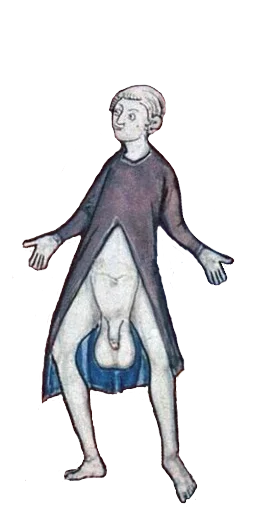VR
Secondary analyses of a representative survey of 43,093 community-based adults in the United States found that individuals with a lifetime anxiety disorder were two to three times more likely to have lifetime cannabis use than those without any psychiatric disorder [21] and to develop a cannabis use disorder after starting cannabis use [21,22].
A community-based, nationally representative survey of 36,309 adults in the United States found that one-quarter or more (23.4 percent, standard error 2.30 among men; 36.1 percent, standard error 3.74 among women) of respondents with current cannabis use disorder had a current anxiety disorder, although the adjusted odds ratios were not significant (1.2, 95% CI 0.88-1.56 for men; 0.8, 95% CI 0.58-1.23) [14]. Current prevalence rates for individual anxiety disorders among men and women were specific phobia 8.6 (standard error 1.50) and 9.9 (standard error 1.93) percent, respectively; generalized anxiety disorder 12.2 (standard error 1.88) and 19.9 (3.19) percent, respectively; social phobia 7.1 (standard error 1.42) and 7.2 (standard error 1.76) percent, respectively; and panic disorder 7.4 (standard error 1.20) and 15.2 (standard error 2.81) percent, respectively. None of the adjusted odds ratios were significant.
Posttraumatic stress disorder — Several community-based national epidemiologic studies found comorbidity rates of around 10 percent for current cannabis use disorder and posttraumatic stress disorder (PTSD). For example, a cross-sectional, nationally representative survey of 36,309 community-living United States adults found the prevalence of current cannabis use disorder among those with current PTSD to be 9.4 percent (standard error 0.94) (adjusted odds ratio 4.3, 95% CI 3.15-4.67) [18] and the prevalence of current PTSD among those with current cannabis use disorder to be 12.3 percent (standard error 1.66) (adjusted odds ratio 1.7, 95% CI 1.12-2.57) for men and 26.9 percent (standard error 3.37) (adjusted odds ratio 1.6, 95% CI 1.01-2.48) for women [14].
A systematic review of four prospective longitudinal cohort studies of adults with PTSD at baseline found that current (prior month) cannabis use was associated with higher levels of PTSD symptoms over time, compared with comparison groups (less intense use or no use) [26].
Obsessive-compulsive disorder — A cross-sectional, nationally representative, household survey of 8841 adult Australians found a 19.9 percent (standard error 7.4) prevalence of obsessive-compulsive disorder among respondents with current cannabis use disorder, compared with 4.6 percent (standard 1.2) among current cannabis users without cannabis use disorder and 2.4 percent (standard error 0.2) among current nonusers [34]. However, the odds ratios for having obsessive-compulsive disorder were not different from one for current cannabis users with cannabis use disorder versus current users without cannabis use disorder (odds ratio 2.3, 95% CI 0.6-8.7) or for current nonusers versus current users without cannabis use disorder (odds ratio 0.8, 95% CI 0.4-1.6).




